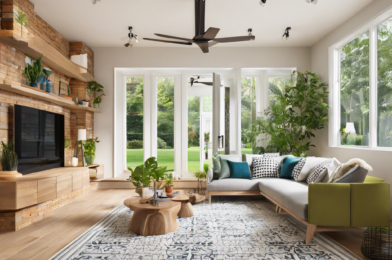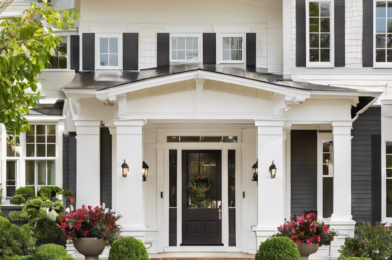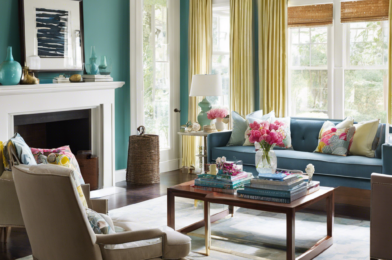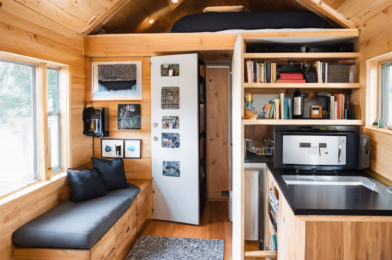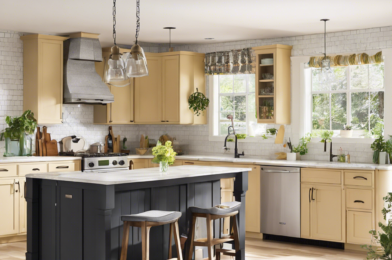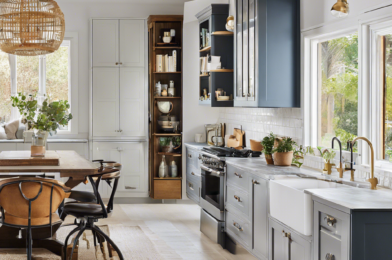Bringing nature into your home offers a plethora of benefits, from improved air quality to a stylish boost in your interior decor. If you’re seeking an easy and effective way to enhance your living space, look no further than indoor plants. Not only do they add a touch of greenery and life to any room, but many varieties also possess air-purifying qualities, ensuring the air you breathe is clean and fresh.
One popular choice for an indoor plant is the peace lily. With its graceful white blooms and lush green foliage, it’s not only easy on the eyes but also a powerhouse when it comes to air purification. The peace lily effectively removes common volatile organic compounds (VOCs) from the air, such as benzene and formaldehyde, which are often emitted from household cleaners and personal care products.
Another excellent option is the spider plant, known for its lush, grassy appearance and ease of care. Spider plants are incredibly efficient at removing carbon monoxide and xylene from the air, making them ideal for improving air quality in spaces where adequate ventilation may be an issue. Additionally, their resilient nature means they can thrive in a range of light and moisture conditions.
For a more decorative option, the Boston fern is a gorgeous choice that adds a touch of elegance to any room. As a natural humidifier, it increases the moisture in the air, making it an ideal plant for dry environments and helping to alleviate respiratory issues caused by dry air. Their lush fronds and vibrant green color create a visually appealing accent piece for any space.
The ubiquitous snake plant, also known as mother-in-law’s tongue, is a low-maintenance option that is perfect for beginners. This resilient plant can thrive with minimal water and light, making it ideal for forgetful caregivers. Snake plants are renowned for their ability to purify the air, particularly effective at absorbing nitrogen oxides and formaldehyde, which are common pollutants in homes.
Rubber trees, with their vibrant, waxy leaves, add a touch of the tropics to your decor. They are not only beautiful but also excellent air purifiers, known for their ability to remove formaldehyde from the air. Easy to care for, rubber trees can grow quite tall, making them perfect as a statement piece in any room.
The charming English ivy is another plant that not only looks beautiful trailing from a hanging basket or climbing a trellis but also improves indoor air quality. It effectively reduces airborne mold spores, which can cause allergic reactions and respiratory issues.
Indoor plants are not just aesthetically pleasing; they are nature’s air purifiers and humidifiers, offering a multitude of health benefits. From removing harmful VOCs and mold spores to increasing humidity, these plants are an easy, cost-effective way to improve your indoor environment and create a stylish, natural haven.
In addition to their air-purifying qualities, many indoor plants also boast benefits such as improved mental well-being and enhanced productivity. Caring for plants can be a rewarding hobby, providing a sense of accomplishment and a deeper connection to nature. Their presence can also boost creativity and reduce stress, making them an ideal addition to home offices or workspaces.
The variety of plants available means you can easily find ones that suit your aesthetic preferences and practical needs. Whether you’re drawn to the graceful peace lily or the lush spider plant, each variety brings its own unique charm and benefits to your home.
So, brighten up your living spaces and breathe easier with these beautiful, functional plants. Not only will you benefit from improved air quality, but you’ll also enjoy the many decorative possibilities they offer, creating a natural and harmonious environment that enhances your overall well-being.

